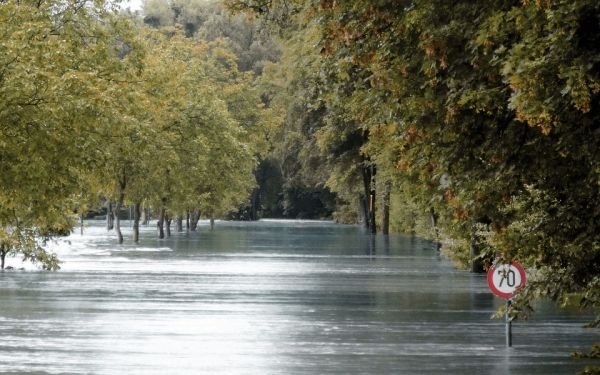Ecosystems can buffer impacts from hazard events and provide other benefits such as clean water, biodiversity and human well-being. Twenty-eight researchers from 11 nations, including Jaroslav Mysiak of the CMCC Foundation, spent several years analyzing over 500 peer-reviewed articles on mangroves, coral reefs, sand dunes, slope forests and more. New study on ecosystem-based approaches to disaster risk reduction just published in Nature Sustainability.
Decision-makers around the world are increasingly interested in using ecosystem solutions such as mangroves, coral reefs, sand dunes and forests on steep slopes to help buffer the impacts from hazard events and protect populations. But what evidence exists to show the efficacy of nature-based solutions over man-made protective measures to reduce the impacts of the increasing numbers of hazard events humanity faces due to climate change?
An international, multi-disciplinary team of 28 researchers has examined nearly 20 years’ worth of peer-reviewed studies on the impacts of ecosystem-based disaster risk reduction (DRR) efforts to, for the first time, summarize the state of knowledge of ecosystem services and functions for DRR. The team reviewed 529 English-language articles to catalog the extent of knowledge on, and confidence in, ecosystems in reducing disaster risk.
“This is the most extensive and up-to-date assessment of the role nature-based solutions can play for reducing impacts of natural hazards” affirms Dr. Jaroslav Mysiak, director of the research division ‘Risk assessment and adaptation strategies’ at the CMCC Foundation – Euro-Mediterranean Center on Climate Change. “It complements the recently released European Environment Agency’s report in the context of climate change and resilience”.
Read more at CMCC Foundation - Euro-Mediterranean Center on Climate Change
Photo Credit: feuerpelz via Pixabay


